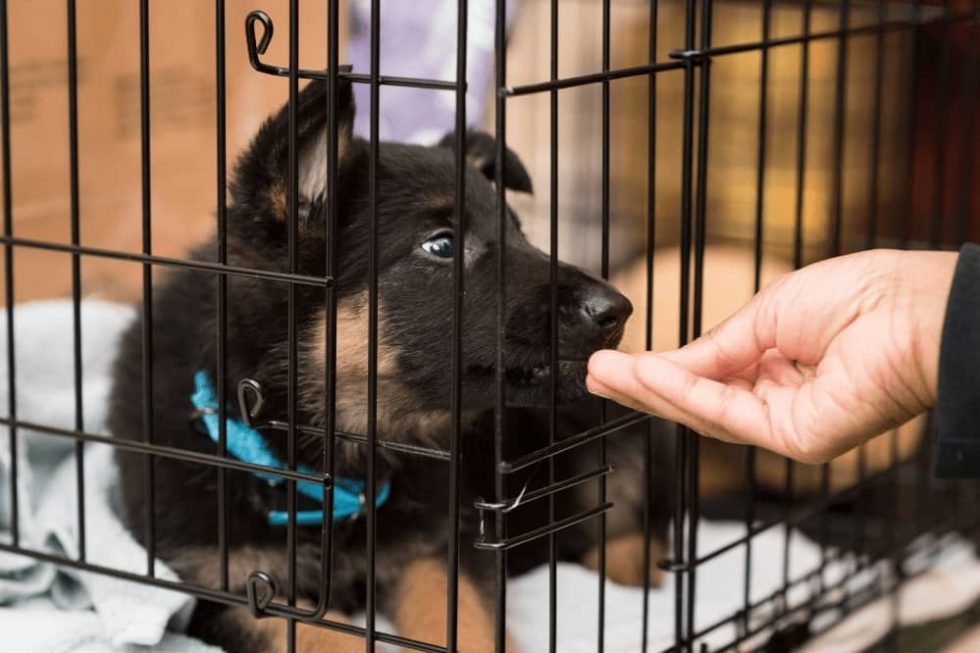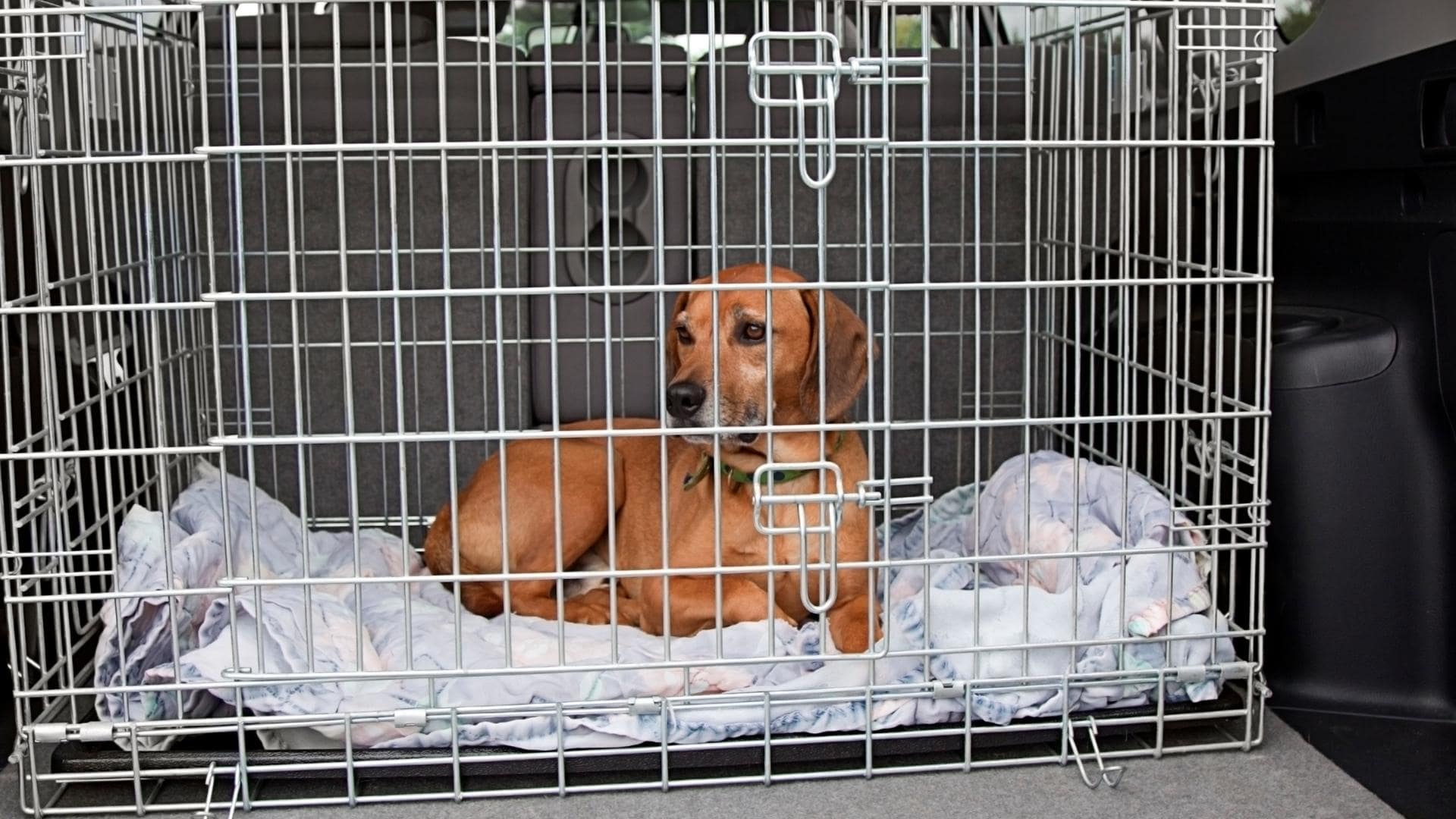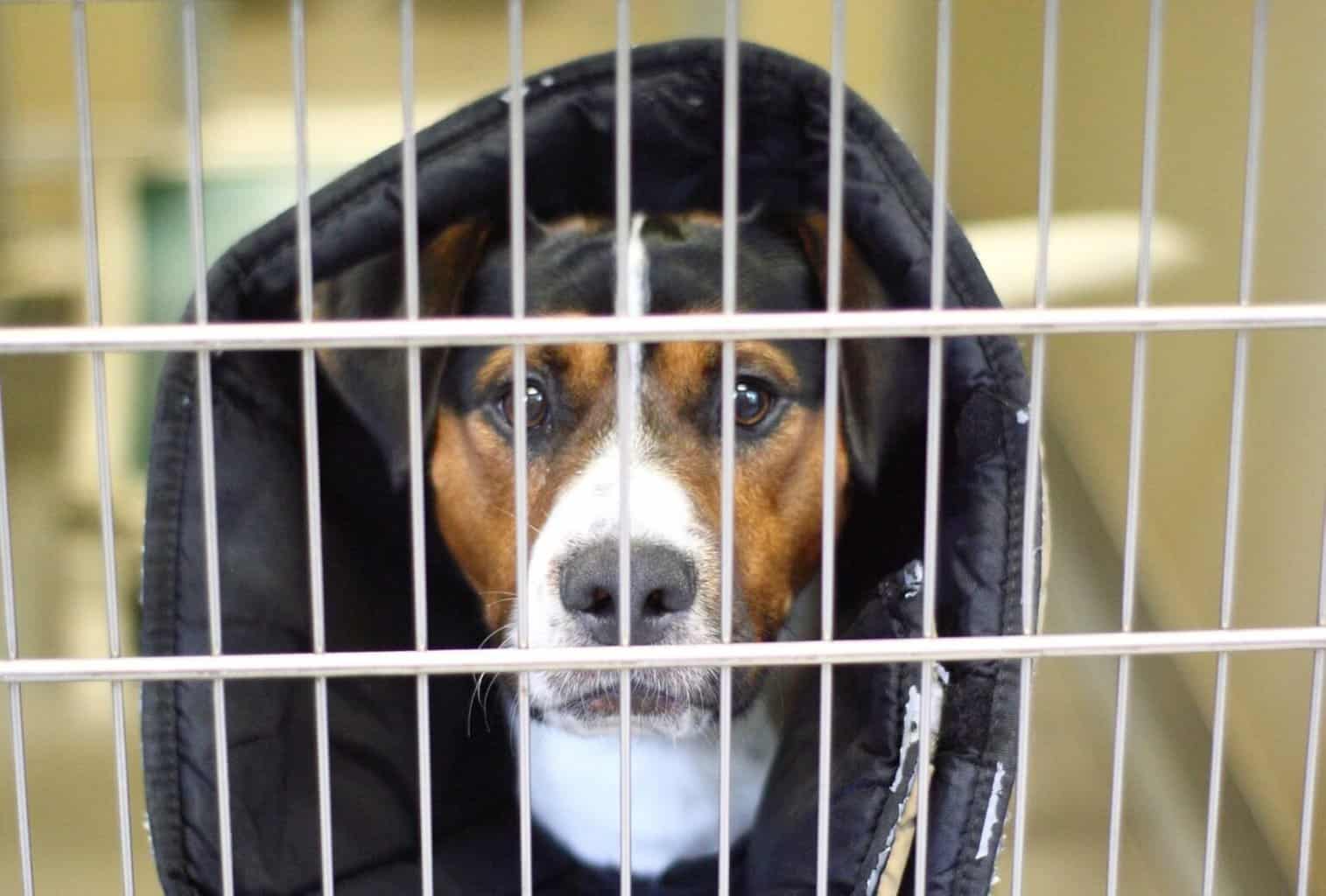how to crate train a dog with separation anxiety

How to Crate Train a Dog with Separation Anxiety
Separation anxiety is a common problem in dogs, and it can be very stressful for both the dog and the owner. Dogs who suffer from separation anxiety may bark, whine, howl, or destroy property when they're left alone. They may also become clingy and anxious when their owner is around.
Crate training can be a helpful way to manage separation anxiety in dogs. By providing your dog with a safe and comfortable space to retreat to when you're not home, you can help them to feel more secure and less anxious.

Here are the steps to crate train a dog with separation anxiety:
- Choose the right crate. The crate should be big enough for your dog to stand up, turn around, and lie down comfortably. It should also be made of a sturdy material that your dog can't chew through.
- Introduce the crate to your dog gradually. Start by placing the crate in a room where your dog spends a lot of time. Put some of your dog's favorite toys and treats in the crate, and encourage them to go inside on their own.
- Start closing the door for short periods of time. Once your dog is comfortable going in and out of the crate, start closing the door for short periods of time. Gradually increase the amount of time that you leave your dog in the crate, and give them a treat when they come out.
- Practice leaving your dog alone. Once your dog is comfortable being in the crate for extended periods of time, start practicing leaving them alone. Start by leaving for a few minutes, and gradually increase the amount of time that you're gone.
- Be patient and consistent. Crate training can take time and patience. It's important to be consistent with your training, and to never punish your dog for whining or barking in the crate.

Here are some tips for helping your dog with separation anxiety:


- Give your dog plenty of exercise before you leave. A tired dog is less likely to get anxious when you're gone.
- Leave your dog with a favorite toy or treat. This will help them to feel comforted and occupied while you're away.
- Create a calming routine before you leave. This could include giving your dog a bath, brushing their fur, or playing a calming game.
- Don't make a big deal out of leaving. The goal is to make it as stress-free as possible for your dog.
- Come back home slowly and quietly. Don't make a big fuss when you come home, as this could excite your dog and make them anxious again.
If you're concerned that your dog has separation anxiety, talk to your veterinarian. They can help you develop a treatment plan that's right for your dog.

Additional Resources

- The American Kennel Club's guide to crate training
- The Humane Society's guide to separation anxiety
- The PetMD article on separation anxiety
Thank you for exploring our website by how to crate train a dog with separation anxiety. Your presence fuels our commitment to excellence. Come back for a more enriching experience!
